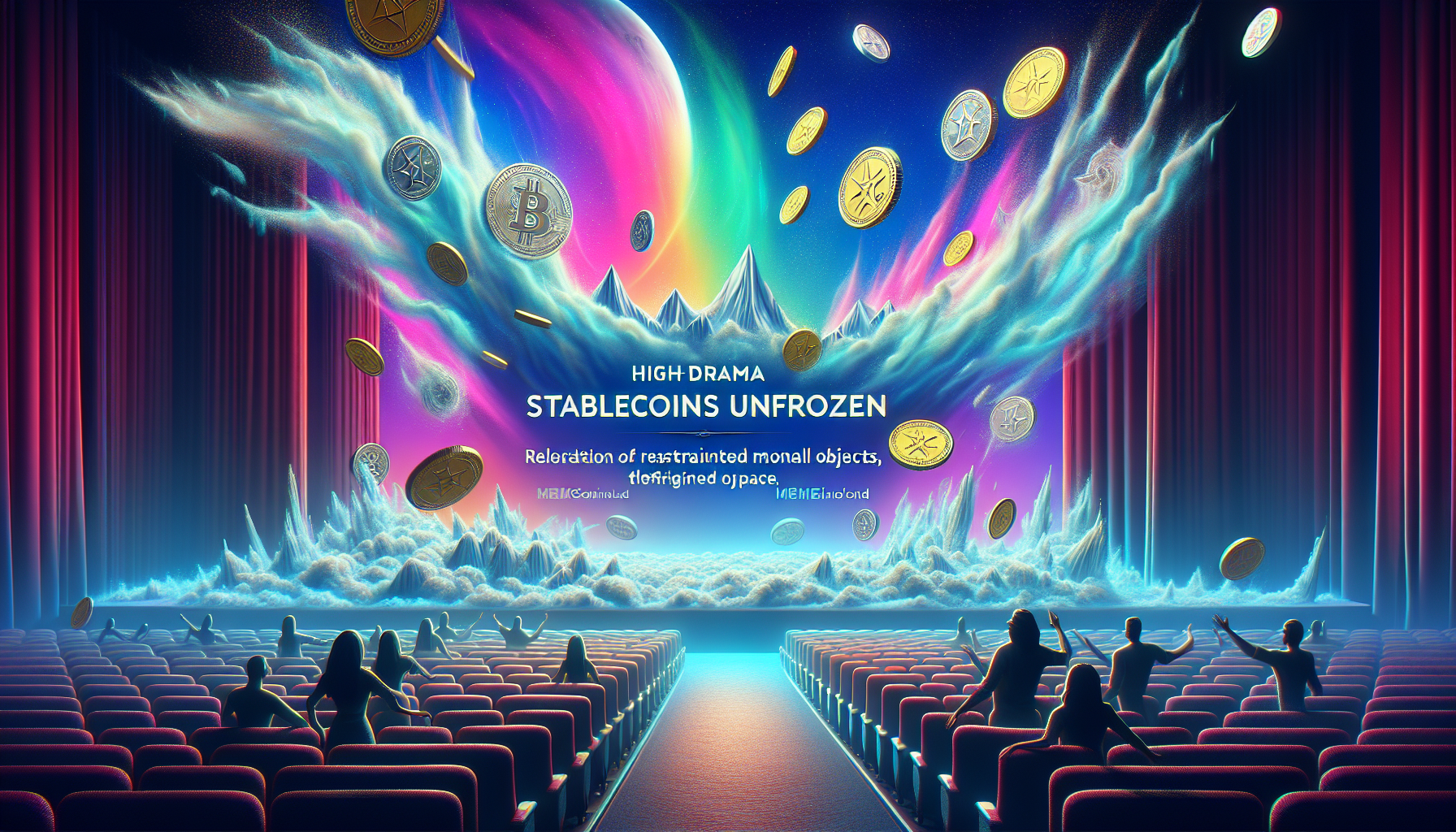 The Web3 gaming universe is undergoing a seismic shift, with investment dollars no longer flowing as freely as they once did. Investors are now laser-focused on sustainable projects, leaving behind the days of hype-fueled fundraising.
The Web3 gaming universe is undergoing a seismic shift, with investment dollars no longer flowing as freely as they once did. Investors are now laser-focused on sustainable projects, leaving behind the days of hype-fueled fundraising.
Earlier this year, Theodore Agranat from Gunzilla Games likened blockchain gaming to a “game of musical chairs,” where the same capital bounces from project to project without any fresh influx. Players, too, hop from one game to another, extracting value before moving on.
In a stark reminder of the changing times, Illuvium announced a 40% workforce reduction in February, emphasizing the need for efficiency in today’s market. Sky Mavis followed suit in October 2024, trimming its staff by 21% to better allocate resources for future ventures.
Yet, despite these cutbacks, there’s still money to be found in the Web3 gaming realm. Industry insiders reveal that while the capital is more selective, it hasn’t vanished entirely.
Sky Mavis co-founder Jeffrey Zirlin shared with Cointelegraph that Web3 gaming isn’t uniquely challenged; it’s part of a broader crypto industry trend. He highlighted Fableborne, a mobile Web3 game that was oversubscribed by a staggering 16,000%, as proof that fresh capital is indeed entering the space.
Gone are the days when investors blindly threw money at so-called “Axie killers,” projects that promised to outshine Axie Infinity but failed to deliver. Now, investors demand more.
Sebastien Borget from The Sandbox argues against the “musical chairs” analogy, suggesting that today’s market is less random and more discerning. Success now hinges on meeting traditional gaming metrics—compelling content, sustainable user acquisition, and a robust in-app economy.
Josh Gier of Coliseum echoes this sentiment, noting that simply adding NFTs to a game no longer guarantees investor interest. Instead, capital gravitates toward projects with solid fundamentals and economies that enhance player experiences.
Vineet Budki of Sigma Capital points out that while blockchain games take longer to develop, core investors like Animoca Brands remain committed to the segment. However, raising capital has become more challenging. Teams must now demonstrate not just great games but also mastery of distribution processes to attract investment.
In this evolving landscape, only those who adapt will thrive. The days of easy money are over, but for those with vision and grit, opportunities abound in the Web3 gaming frontier.




